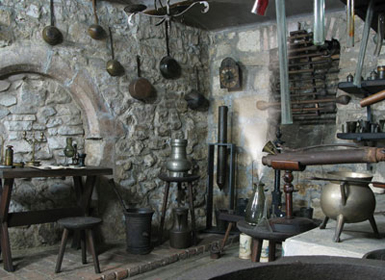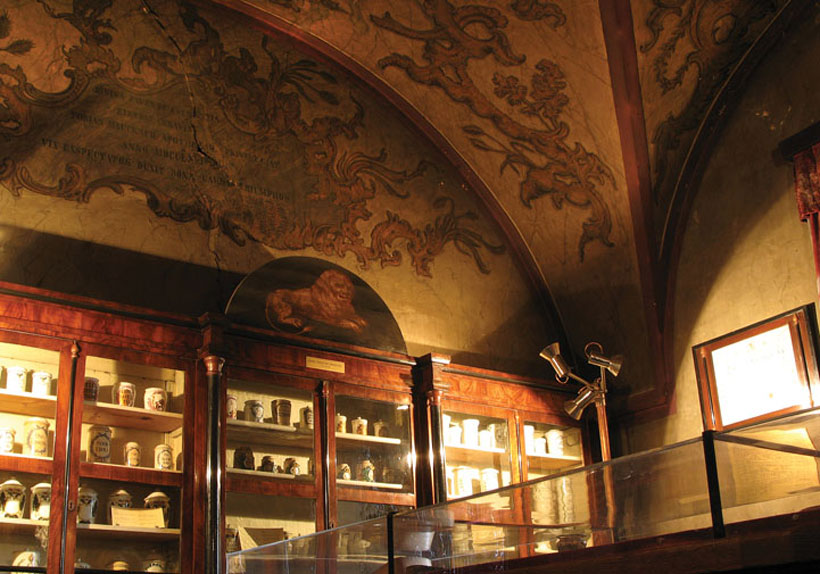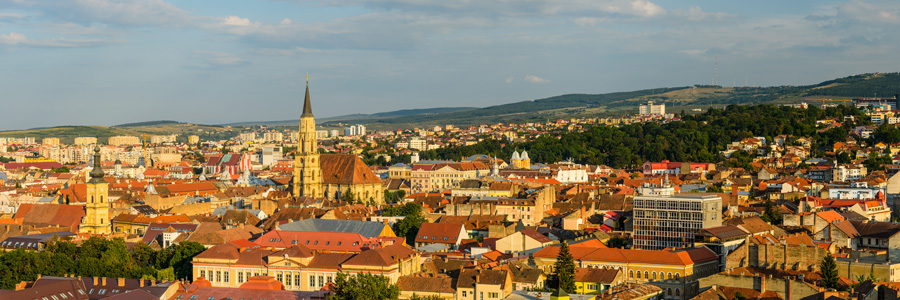
The National Museum of Transylvanian History

Cluj-Napoca is the unofficial capital of Transylvania and an important hub of urban life,
whose beginnings reach back to the Roman period, with development continuing throughout the Middle Ages
and the modern era and ongoing during our times.
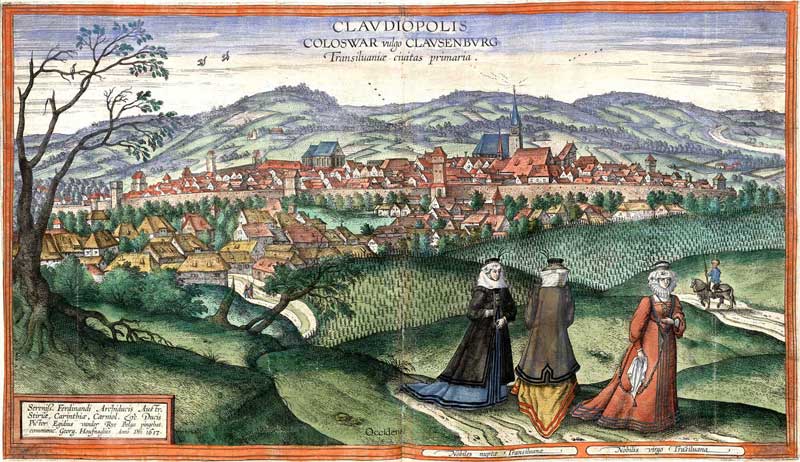
Roman Napoca (municipium Aelium Hadrianum, and later colonia Aurelia) was the capital of the province of Dacia Porolissensis.
The name “Cluj” comes from Castrum Clus, first used in the 12th century as the name of the citadel surrounding the city.

Clus means "closed" in Latin and refers to the hills that surround the city.
Its mediaeval successor, Cluj (Kolozsvár in Hungarian / Klausenburg in German) received the municipal status
of a royal free city in the 14th century,
later becoming the political and economic center
of the Principality of Transylvania during the 16th and 17th centuries.
Currently, Cluj-Napoca is Transylvania’s most important city, and its historical and archaeological heritage,
as well as its rich array of cultural and artistic events, attract masses of tourists each year.

The main square, resplendent with 18th and 19th century buildings and home to many shops and restaurants,
is dominated by the 15th century St. Michael's Church, one of the finest examples of gothic architecture in Romania.
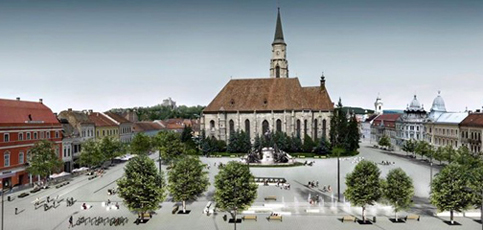
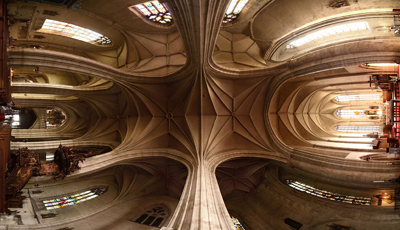
The square also claims the 18th century baroque Banffy Palace, housing the weaponry and Romanian art collections of the Art Museum.
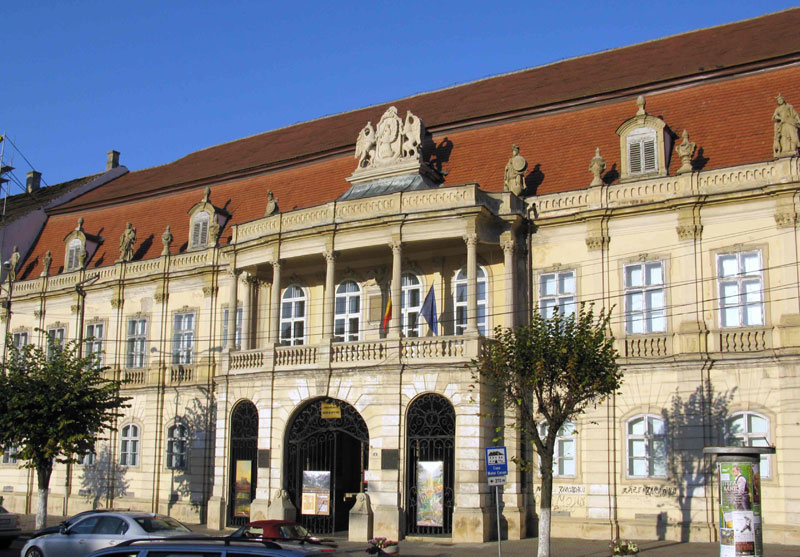
Visitors who want to learn more about the region should pay a visit to the open-air section of the
Ethnographic Museum of Transylvania, a true display of folk architecture.

For entertainment, spend an enjoyable evening at the Opera or attend a classical music concert offered by the Philarmony Transylvania.
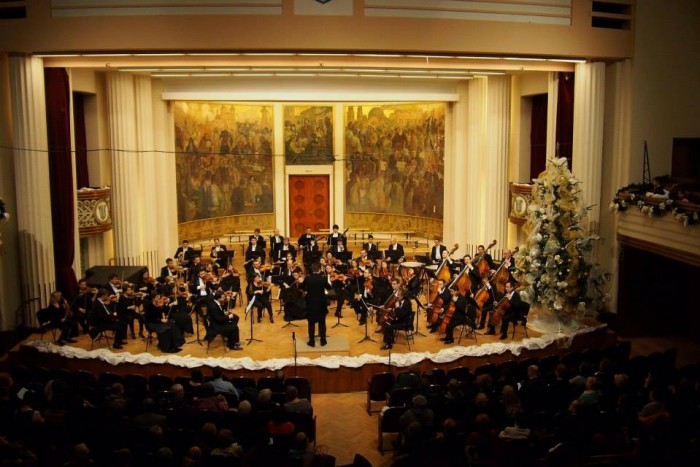
Also, the city has a beautiful Botanical Garden, which covers 14 hectares, where around 10,000 specific categories are cultivated.
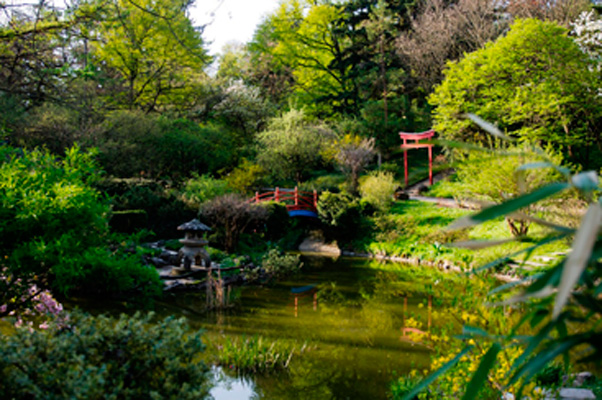
The Central Park is a large public, urban park in central Cluj-Napoca.
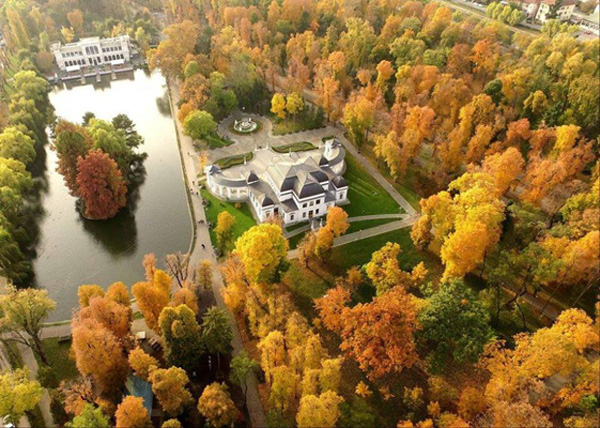
It was founded in the 19th century and it located on the souther shore of Someşul Mic River.
The Park is now home to the University of Arts and Design and to the Chemistry Faculty of the Babeş-Bolyai University.
The National Museum of Transylvanian History
The foundations of the museum were laid in the fall of 1859, when the Association of the Transylvanian Museum was constituted. The Museum was organised afterwards, on the basis of donations made by prominent personalities, such as the Kemény and Eszterházy families, and was meant to represent the culture of all the ethnic communities from Transylvania. Starting with 1918, the Transylvanian Museum is administered by the Romanian state. In 1963, the History Museum of Cluj was organized and led by Constantin Daicoviciu. At the same time, the Pharmacy Collection was established in an adequate location, a 16th century building where the first pharmacy of Cluj functioned. In 1994, because of its outstanding historic and archaeological heritage, the museum received its current name, i.e. the National Museum of Transylvanian History.
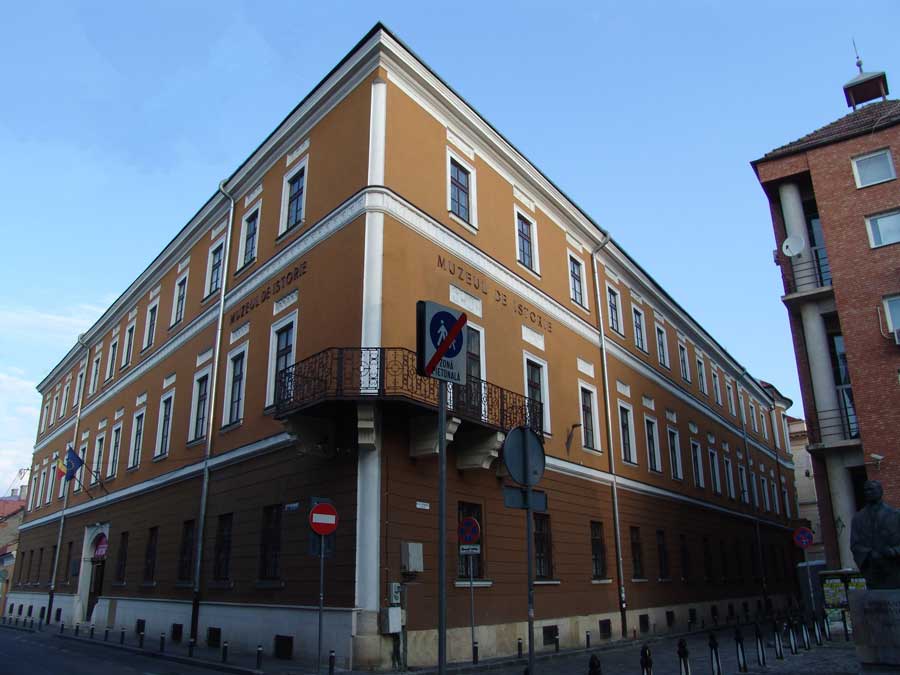
Today the collections of the Museum comprise over 450.000 cultural goods illustrating Transylvanian history and civilization since prehistoric times until present-day. Unfortunately, due to renovation works currently taking place,
the permanent exhibition of the Museum cannot be visited.
However, exciting and innovative temporary exhibitions are constantly being organized (3D Roma-Sarmizegetusa. Turn on the history;
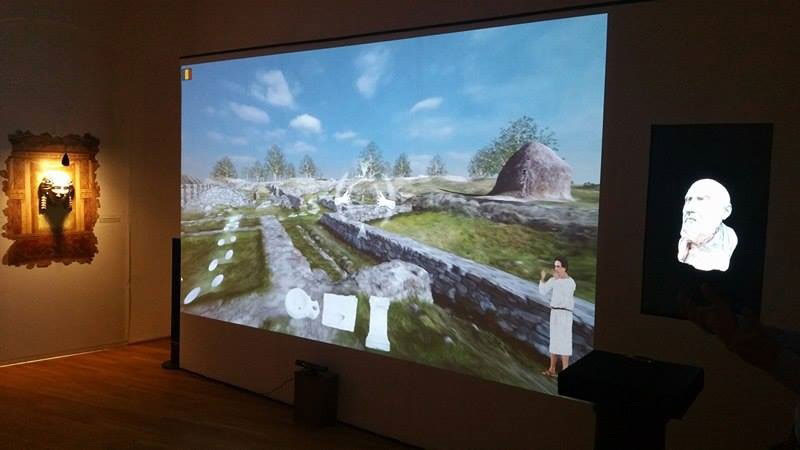

The Governors’s Palace from Apulum. Rediscovering the cultural heritage;

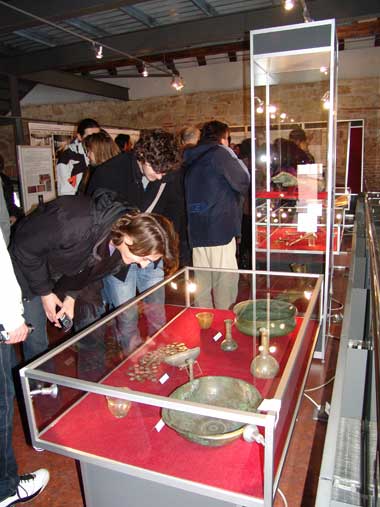
When everyday life becomes UNESCO heritage. The scanning, digital restoration and contextualization of Dacian artefacts from Orastiei Mountains,

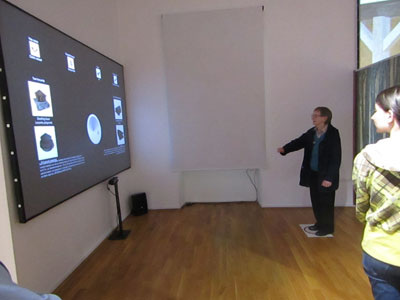
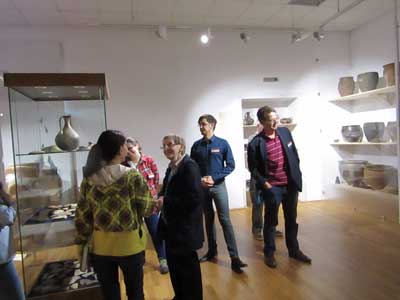
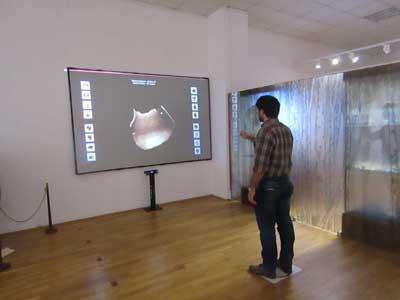
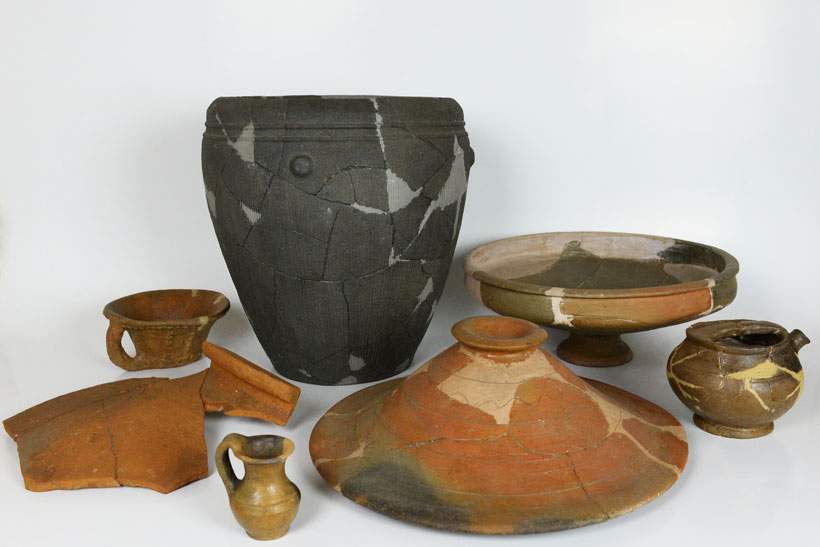
while the Pharmacy Collection is open to the public.

